Expert Tips to Secure Your Microsoft 365 Environment
Understanding the Basics of Microsoft 365 Security
Microsoft 365 is a robust platform that provides various tools and services for businesses, but securing it effectively is crucial to protect sensitive data. Understanding the basics of security in Microsoft 365 helps organizations prevent unauthorized access and safeguard against potential threats. This includes knowing the default security settings and the additional features available to enhance your protection.
Implementing Multi-Factor Authentication (MFA)
One of the most effective ways to secure your Microsoft 365 environment is by implementing Multi-Factor Authentication (MFA). MFA adds an extra layer of security by requiring users to verify their identity through multiple methods before accessing their accounts. This can significantly reduce the risk of unauthorized access, as it prevents attackers from gaining entry with just a stolen password.
Regularly Reviewing Access Permissions
Another key aspect of securing your Microsoft 365 environment is regularly reviewing and managing access permissions. This involves ensuring that only authorized personnel have access to specific data and services. Regular audits can help identify any inappropriate access rights and ensure compliance with your organization's security policies.
Utilizing Advanced Threat Protection
Microsoft 365 offers Advanced Threat Protection (ATP) to safeguard against sophisticated threats like phishing and malware attacks. By configuring ATP, you can better protect your organization from potential breaches. This includes setting up anti-phishing policies, safe links, and safe attachments to filter malicious content before it reaches end-users.

Conducting Security Awareness Training
While technology plays a significant role in securing your Microsoft 365 environment, human error can still lead to vulnerabilities. Conducting regular security awareness training for employees helps educate them about the importance of cybersecurity practices. Training should cover recognizing phishing attempts, creating strong passwords, and understanding the risks of unsecured networks.
Monitoring and Responding to Security Threats
Proactive monitoring is essential for a secure Microsoft 365 environment. Utilize tools like Microsoft's Security Center to keep an eye on potential threats and anomalies. Setting up alerts for suspicious activities can help you respond swiftly to any security incidents, minimizing their impact on your organization.
Leveraging Conditional Access Policies
Conditional access policies are crucial for enforcing security measures based on specific conditions, such as user location or device compliance. By configuring these policies, you can ensure that access to your Microsoft 365 resources is granted only under secure conditions, helping to mitigate risks associated with remote work and bring-your-own-device (BYOD) practices.

Ensuring Data Loss Prevention (DLP)
Data loss prevention (DLP) is vital to protect sensitive information from being inadvertently shared or leaked. Microsoft 365's DLP capabilities allow organizations to create policies that detect and block the sharing of sensitive data, such as credit card numbers or personal information, ensuring compliance with regulations like GDPR or HIPAA.
In conclusion, securing your Microsoft 365 environment requires a comprehensive approach that combines technology, policies, and user education. By implementing these expert tips, you can significantly enhance your organization's security posture and protect critical data from evolving cyber threats.
